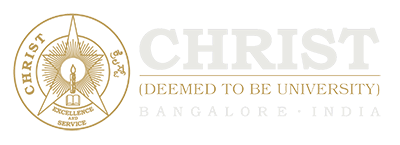| Abstract * |
: |
We present the first-year results of a three-year mission to survey the Interface Region Imaging Spectrograph (IRIS) data catalog for ultraviolet (UV) bursts. These events appear as small (about 1 arcsec), compact, short-lived (about 1 hour) brightenings in the far-ultraviolet (FUV) channels of the IRIS slit-jaw imager, and are typically observed in young, emerging active regions. Unlike their benign appearance in imaging data, UV bursts display bizarre spectroscopic features in the IRIS FUV and near-ultraviolet (NUV) spectrograph passbands, including dramatic intensification and broadening/splitting of line profiles. These signatures are consistent with hot bidirectional flows originating from magnetic reconnection events. Additionally, some UV burst line profiles feature strong absorption from cool metallic ions, such as Fe II and Ni II, suggesting formation altitudes within the cool solar chromosphere. These bursts are the perfect laboratories for exploring magnetic reconnection in weakly ionized plasmas, providing crucial constraints for multi-fluid reconnection models in the lower solar atmosphere. For this first year, we detected over 20,000 individual UV burst spectra with absorption from cool metallic ions across almost 500 broadly rastered observations of active regions spanning from September, 2014 through January, 2018. We show distribution statistics for line profiles of the C II 1335 Å multiplet, the Si IV 1394/1403 Å doublet, and Mg II h/k, pointing out many of the peculiarities seen throughout the sample. We also apply spectroscopic plasma diagnostics to these lines to provide sets of initial conditions for our preliminary 2D multi-fluid simulations of chromospheric reconnection. In particular, we establish upper bound electron density estimates via the Si IV 1403 Å/O IV 1401.16 Å intensity ratio, as well as derive plasma temperature information from the Mg II triplet when available. Finally, we discuss how these results will guide the next two years of the survey and the modeling work stemming from it. |




